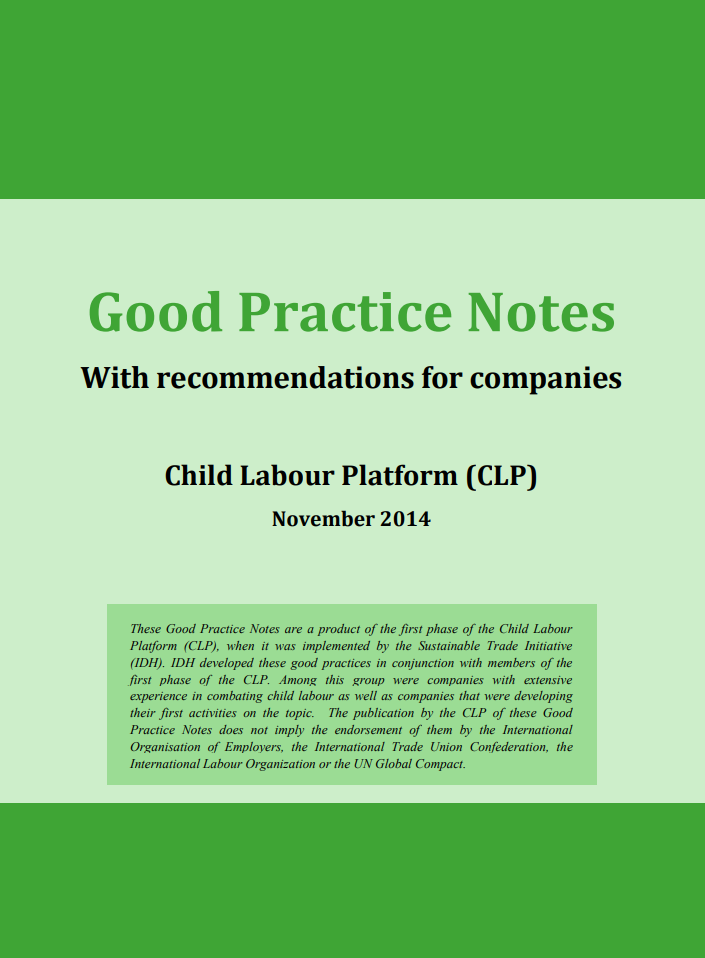Seeds in our pockets – How can funders nurture thriving social justice movements by and for people on the move
PublicationsIn 2022 Porticus launched a pilot learning year to support the development of a new global programme, Transforming migration parameters through movement building and lived-experience leadership’ (hereafter MOVE) within the People on the Move Portf...Read More

